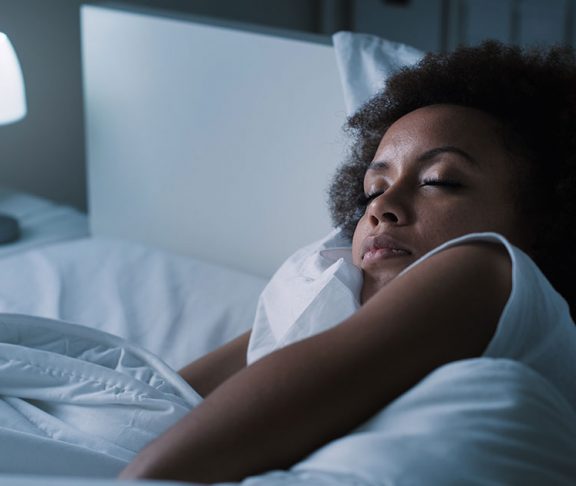We spoke to Dr. Dayna Johnson, PhD, MPH, MSW, MS, about understanding the root of sleep disparities, and what this means between different racial and ethnic groups.

Dr. Dayna Johnson, PhD , MPH, MSW, MS
Assistant Professor, Department of Epidemiology at Rollins School of Public Health
How is sleep different among racial and ethnic groups?
In general, racial minorities such as African Americans, Hispanic/Latinos, Asians, American Indian/Alaska Natives, and Native Hawaiian and Pacific Islanders have shorter sleep duration, worse sleep quality and more severe sleep apnea than non-Hispanic white individuals. For some groups we see a different of over an hour in terms of sleep duration comparing racial minorities to white individuals. Research suggests that white women get the most sleep and black men have the worse sleep. These sleep disparities, particularly for sleep duration are seen across the lifespan from childhood to adulthood.
What are potential causes of health disparities in sleep?
There are several potential contributors to sleep disparities. Similar to overall health disparities, there are fundamental or root causes that stem from racism and discrimination. These factors and historical policies such as redlining contribute to neighborhood segregation, which shapes neighborhood resources. Because of discrimination, racial minorities were and continue (because of the wealth gap) to reside in areas that have exposures that hinder sleep-more air pollution, inopportune light exposure, more noise, lack of safety, lack of sidewalks or greenspace, which hinder physical activity. Stress is also a contributing factor. Racial minorities have a higher prevalence (meaning stress is more common in these populations) and more exposure to stress – specifically discrimination, which has physiologic effects that can interrupt the initiation or maintenance of sleep. Racial minorities are also more likely to work multiple jobs as a result of the low “living wage”, which makes shift work more common, which is known to impact sleep. There are also cultural differences in symptom presentation, which may go unrecognized by a physician, which can result in a person not being screened and thus properly treated for a sleep disorder.
In summary sleep disparities can be attributable to historic policies that have residual effects, environmental factors as well as social factors. Including in this is also access to care.
Why do racial and ethnic sleep disparities matter?
From a public health perspective as well as an equity lens it is extremely important to know the populations that are more affected by a condition due to the social conditions in which people are born, grow, live, work and age. These are unfair and unjust, thus requiring immediate attention for us to address. In this case, it appears that sleep is a privilege only afforded to certain people, and this must be changed. Everyone deserves the right sleep.
There is evidence that sleep disparities may be contributing to overall health disparities, and cardiovascular disparities in particular. Given the rate of cardiovascular diseases in the US, it is important to identify modifiable targets to reduce this burden. Sleep is likely a factor driving the high rates of cardiovascular disease as well as other conditions. The good thing is that sleep is modifiable-meaning sleep disorders can be treated and sleep can be improved with intervention. By knowing the groups that are most affected, we can target programs and interventions to improve the sleep of racial minorities, which can improve quality of life and potentially prevent the adverse cardiovascular outcomes and mortality.
Also, for young people, we have data suggesting that poor sleep is associated not only with worse health, but also academic performance, which can set a trajectory for opportunities. Sleep should be equitable across races to have equal opportunity to perform well at school.
What are next steps for addressing sleep-related health disparities?
We need research within these populations to understand the contributing factors and health consequences for poor sleep and sleep disorders. The information collected could inform culturally tailored programs and interventions to improve sleep in these populations.
If there was one thing you could tell your patients about sleep that they probably weren’t aware of, what would it be?
Although I mainly described the structural factors that shape poor sleep, it is also important that the patient is aware of healthy sleep. I would suggest to patients to aim for 7 or 8 hours (adults) of consistent sleep nightly in order to have the most optimal daily performance and health.

